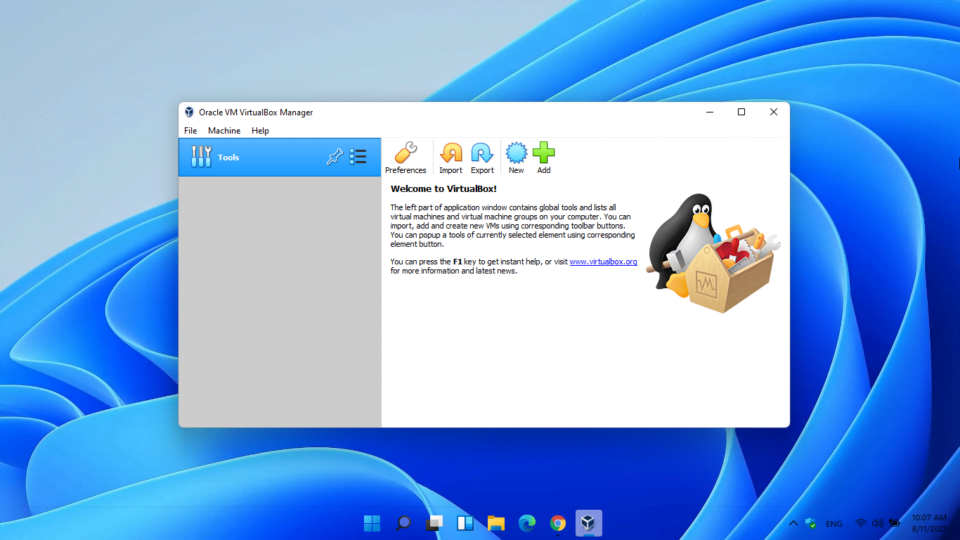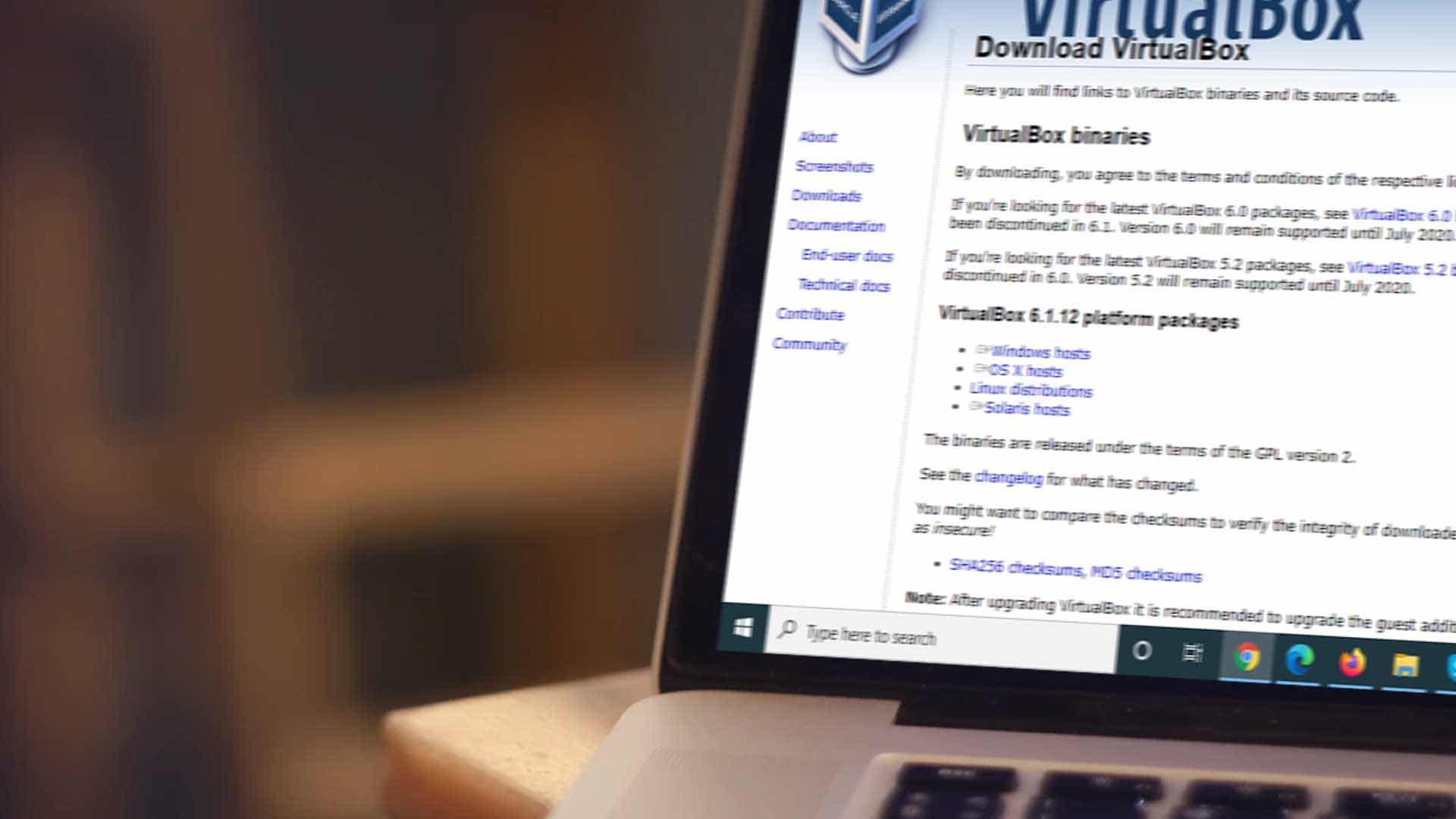

You can download VirtualBox from the project website where the installers are provided for Windows, macOS, Linux, and Solaris machines. There’s a sizeable update to the software’s icon theme. UI tweaks include a reworked new machine wizard that integrates unattended guest OS installation a new help viewer widget with manual search/navigation and a new unified Notification Center to show running processes, errors, etc.

VirtualBox 7.0 is able to atomically update Guest Additions in Linux guests (very handy), and adds the option to wait for a guest VM to reboot before updating them, and touts ‘reworked guest screen re-size functionality’ with ‘basic integration with some of guest Desktop Environments’.

The downside is that this feature is CLI only (for now), but does allow VMs, including VM config logs and saved states, to be securely protected.Įlsewhere the software adds DirectX 11-based 3D support through DXVK a new Activity Overview of CPU, RAM, I/O, etc accessed the Tools menu and the Virtual Machine Manager now lets you add cloud VMs and control them like a regular, local VM - nice! The other “big ticket” item in this update? Full virtual machine encryption. VirtualBox users can, on compatible machines, run the latest version of Microsoft’s OS without workarounds and trickery. This is thanks to the addition of SecureBoot and TPM 1.2/2.0 support. Yes, with the latest build it’s possible to install Windows 11 in VirtualBox with minimal fuss. This is a big update that adds a stack of features and improvements including, most notably, enhanced support for Windows 11. Schlocky intro out of the way, I bring word that VirtualBox 7.0 is available to download for Windows, macOS, and Linux. Select the “LabConfig” key, right-click empty space in the right-hand pane, then click New > DWORD (32-bit) Value.VirtualBox, the hugely capable open source virtualisation software, is now even more capable. We need to create two DWORD (32-bit) values within the LabConfig key. Navigate to HKEY_LOCAL_MACHINE\SYSTEM\Setup, then right-click “Setup,” mouse over “New,” and click “Key.” The new registry key must be named “LabConfig” - it isn’t case sensitive but using mixed cases can help readability. RELATED: Learning to Use the Registry Editor Like a Pro However, since this is a virtual machine that hasn’t even been installed yet, you don’t have to worry so much - in the worst-case scenario, you just restart your VM before you install Windows, and all the changes you’ve made will be undone.

Normally you need to be extremely careful editing the Registry since a changed value or deleted key can cause serious issues. In this case, we’re going to use it to disable the TPM 2.0 and Secure Boot requirements. It lets you modify most of the options available the Windows operating system. This is the exact same Registry Editor that comes with all Windows installations.


 0 kommentar(er)
0 kommentar(er)
